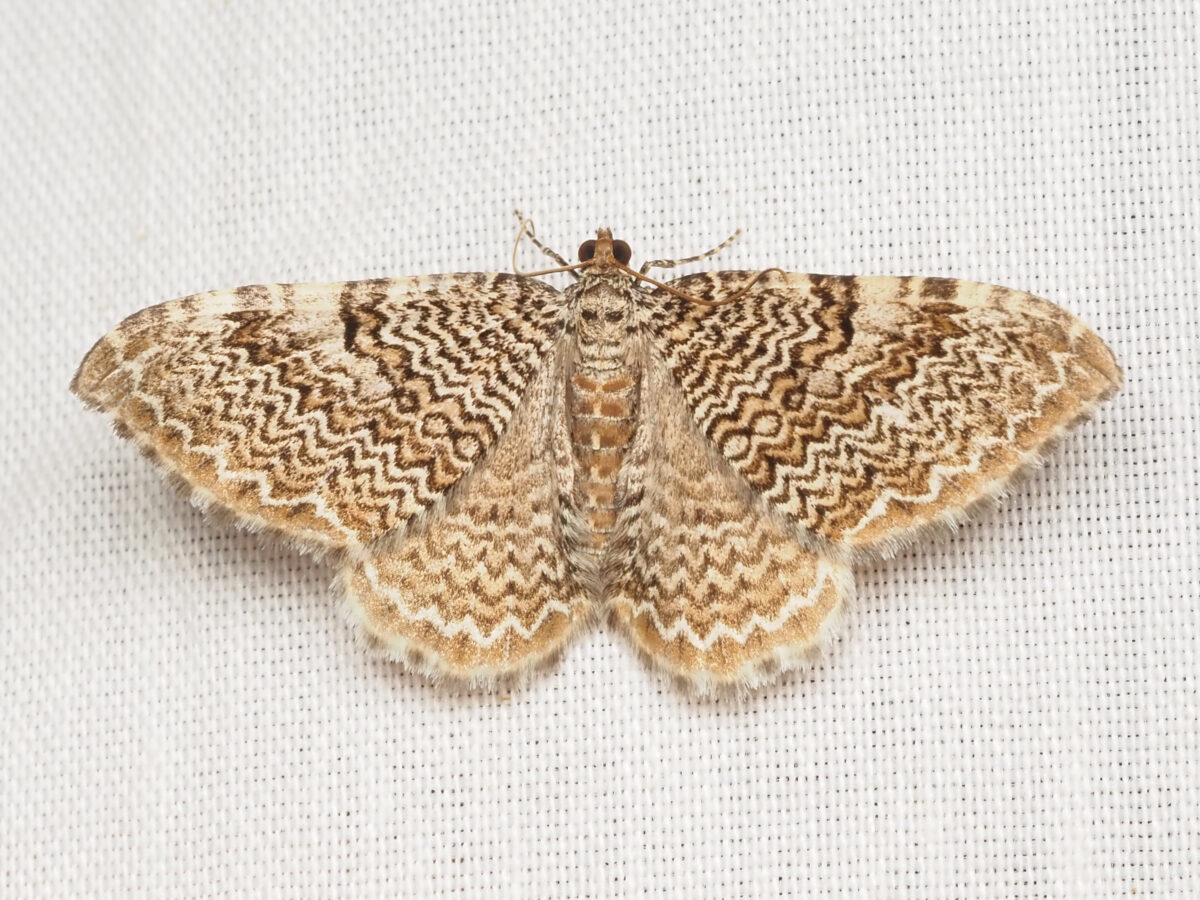7 steps to start your fall garden now, with help from Alabama Extension
Reading time: 5 minutes
Sponsored

You may be wrapping up your summer veggie garden, or you may be fantasizing about going outside to get your own home-grown lettuce for the first time. Either way, Bethany O’Rear, Regional Extension Agent with the Alabama Cooperative Extension System, has tips to help you get your fall garden going. Keep reading to learn what this trainer of Master Gardeners recommends.
1. Decide what you want to grow in your Alabama fall garden

This is one of the fun parts, where you think about what you like to eat, figure out how much space each thing needs, then map out when’s the best time to plant.
If you haven’t gardened during the fall in Alabama before, you’ll be thrilled to learn how many things grow well during our long growing season.
These include (and aren’t limited to):
- Beets
- Broccoli
- Brussels sprouts
- Cabbage
- Carrots
- Cauliflower
- Collards
- Kale
- Lettuce
- Mustard
- Radishes
- Spinach
- Swiss chard
- Turnip
Head over to Grow More, Give More for fantastic resources to help you figure out this stage.
2. Get your space ready for your Alabama fall garden

Whether you’re working with a summer garden, a patch of weeds or empty pots, there are a few things you’ll need to do to prepare your garden space:
- Remove old plants if your summer and fall gardens inhabit the same space.
- Make sure the planting area is weed-free.
- Incorporate a layer of compost. Put a one- to three-inch layer of organic matter down and work it into the soil down to about five to six inches.
Once you’ve done this, you’re ready for the next stage.
3. Get your transplants or seeds

You can grow some things from seed. Examples include lettuce, greens and carrots. Now’s the time to pick your favorite source and buy or order seeds.
Some plants grow better from transplants (a.k.a., “starts”). Check with local garden centers to find out when fall transplants such as broccoli and cauliflower will be ready.
If you’ve completed Steps #1 and #2, you’ll have your soil prepared and a calendar prepped for when you need to plant seeds and starts.
4. Water your Alabama fall garden adequately
Once your plant babies are in the ground, you’ll need to make sure they don’t get thirsty.
Seed beds need to stay moist until the seedlings have a chance to germinate and become established. If your topsoil layer dries out, they will too.
How much and when to water your garden depends 100% on rainfall, so stick your fingers down in the soil a couple of inches.
If it’s moist, don’t water. If it’s dry, you know what to do.
Note: late summer, September and October, are often dry in Alabama, so be vigilant about maintaining consistent moisture. Your plants will thank you.
5. Pay attention to pests
You’ll have a few more bugs in the fall than in the spring due to the insects’ life cycle. The good news: once it cools down, they won’t be so active. Phew!
To keep ahead of insects and diseases, scout your plants every day. The back side of the leaf will alert you if you have a problem. If you see evidence of either, don’t ignore it.
The county extension agents with Alabama Cooperative Extension System are there to help. Email, call or text them with a picture and they’ll help you identify what’s going on and what to do about it.
And yes, they’ve got organic methods up their sleeves as well as conventional, depending on your preference.
6. Get plant diseases diagnosed at the Plant Diagnostic Lab

Here’s a tip I wish I’d known when I first started gardening: There’s a Plant Diagnostic Lab in the Extension office at the C. Beaty Hanna Horticulture & Environmental Center at the Birmingham Botanical Gardens.
To get started, just send a picture—a lot of times, it’s easy to determine what’s going on from a picture.
If your case is more complicated, you’ll want to drop samples off for the plant pathologist and his lab tech to take a look. They’ll let you know what’s going on and what to do about it.
It’s a lot easier to control insect populations and disease issues in the early stages versus when the insects have reached epidemic proportions or three-fourths of your plants are diseased.
They can also identify insect and disease problems in ornamentals, trees and edibles.
7. The joys of planting an Alabama fall garden

Imagine walking outside on a cool evening to cut your own lettuce leaves for dinner.
You’ll give yourself a chance to figure out what does and doesn’t work without the blistering heat of summer.
And, you’ll give some of your plants the chance to mature as temperatures decrease, which is better for plants and your harvest.
Then, if you want to plant a spring garden, you have a whole season of experience under your belt.
To up your gardening game, subscribe to ACES’ newsletter (scroll down to the bottom of the page and look on the left-hand side) and follow them on Facebook.
Sponsored by:



